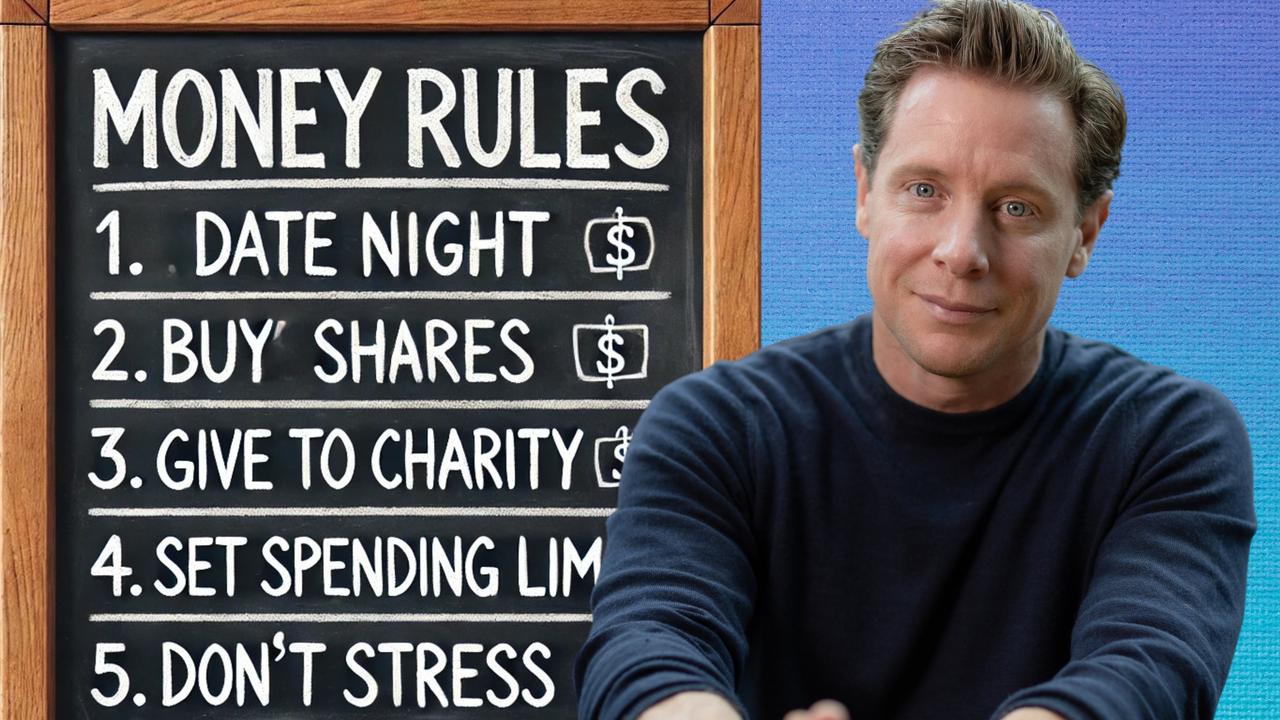
Investors scanning the sharemarket for Omicron-related damage may well be looking the wrong way, it’s the residential housing market that’s highly vulnerable to any more bad news.
Key signals – especially auction clearance rates – were already tumbling before news broke of the latest Covid variant: Omicron now adds another unknown to an increasingly jittery housing sector.
Valuations may be running hot in the sharemarket, but it is the housing market that is plainly overheating. House prices have been rising at their fastest pace in half a century and regulators have launched a late clampdown on lending activity.
After clocking up a combined capital price increase of 20 per cent over the year to date, most forecasters have pencilled in a cooling down to begin mid-2022. With fears of another round of Covid restrictions, the predicted cool down may arrive sooner, especially in the major cities.
“Anything that pushes out a pick up in immigration will hit the Sydney and Melbourne markets – the apartment market in those cities is dependent on a recovery in immigration numbers,” says Louis Christopher, managing director of SQM Research.
Coupled with fears of an Omicron-related immigration reversal is the prospect of too much supply hitting an already strained market.
The key indicator to watch is the clearance rate: with listing volumes now back to normal this gauge of buyer sentiment can be taken seriously again. And, as it turns out, it has been falling steadily since early October.
The national preliminary clearance number released for the week of November 29 by CoreLogic is 71.4 per cent – a week ago the same figure had a reading of 74.5 per cent.
Christopher says: “It’s too early to tell if the softening clearance rate is going to extend further – if we see these sorts of big listing volumes continuing to hit the market into February we will know the slowdown has arrived.”
As CoreLogic’s weekly report suggests: “Demand hasn’t quite kept pace with the surge in auctions held.”
Or to put that another way, the buyers are now getting the upper hand as a large number of sellers who waited too long for proof the market was as strong as it seemed are finally placing their homes on the block.
The decline in sentiment is most evident in the zones where the previous uptick was most visible: Sydney was meant to break a record for the number of auctions held last weekend, but one in 20 auctions were pulled beforehand.
Sydney and Melbourne are seen as the most vulnerable of the major cities to a price slowdown if the market faces any more negatives such as wider Omicron variant restrictions, higher commercial rates or another round of restrictions on lending.
Sydney has led the national market in terms of year to date price movement with a 25 per cent increase. Melbourne has only managed 15 per cent growth. Brisbane recorded a lift of 23.7 per cent.
Across the nation the traditional order of median house prices has been substantially up-ended over the course of the pandemic as regional prices underpinned by hybrid working and better affordability moved faster than metropolitan valuations.
The most expensive city for houses remains Sydney with a median price of $1m, followed by Canberra at $912,000. Melbourne at $760,00 and Hobart at $751,000.
Similarly, there are pockets of exceptionally high value in regional real estate in “tree change” towns such as Byron Bay where the median is $1.7m, and Noosa where the median is $1.2m
Seven regions recorded lifts of more than 30 per cent in the 12 months to October 31 – these included the Southern Highlands and Shoalhaven in NSW along with Queensland’s Sunshine Coast.







